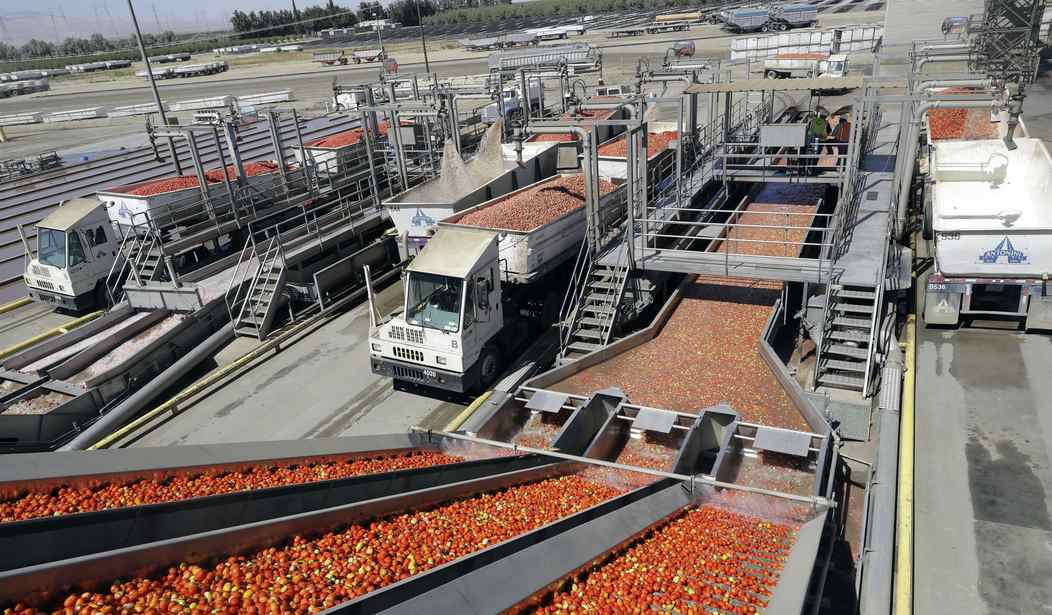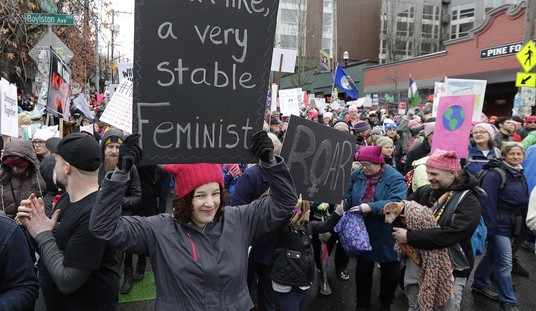In the weeks following the outbreak of the COVID-19 pandemic, costs of most of the food items found on the shelves of US grocery stores rose based on anticipated shortages of such items that might result from transportation and logistical problems that followed the shutdown of many parts of the economy. There wasn’t so much a shortage of goods to go on the shelves as there was an anticipated interruption in the “just in time” delivery supply line that keeps such products moving from processes to wholesalers, wholesalers to distributors, and distributors to retailers. As those disruptions were solved — or didn’t happen as feared in many instances — consumer goods and staples reappeared on the store shelves without much difference from the pre-pandemic pricing.
But warning bells are starting to be heard about another impending shortage of consumer goods and food staples as wholesale prices of certain raw materials used in a wide variety of food preparations have risen sharply over the past several weeks. This steady upward price pressure is coming at a time when many fragile economies around the world are not in a position to handle a sharp rise in the cost of food for their populations.
Soaring raw material prices have broad repercussions for households and businesses, and threaten a world economy trying to recover from the damage of the coronavirus pandemic. They help fuel food inflation, bringing more pain for families that are already grappling with financial pressure from the loss of jobs or incomes. For central banks, a spike in prices at a time of weak growth creates an unwelcome policy choice and could limit their ability to loosen policy.
“There seems to be sort of a bullish force behind the prices internationally,” Abdolreza Abbassian, senior economist at the United Nations’ Food and Agriculture Organization, said in an interview. “The indications are that there is very little reason to believe prices would remain at these levels. It’s more likely they will rise further. Hardship is still ahead.”
But early in the pandemic, the increased costs of some food products were offset by a steep drop in energy prices which resulted from enormous reductions in energy consumption as people stayed home rather than traveled.
But with current energy prices soaring, any increase in food costs in the months ahead will be just like pouring gasoline on a fire — excuse the pun.
Gas prices jumped over 9% in the past month and they’re not expected to slow down anytime soon.
Gas prices are up 22.5% from the previous year and were the biggest contributor to an overall increase in goods and services in the nation, according to the US Bureau of Labor Statistics’ Consumer Price Index. Fuel prices pushed a 1-month increase in the overall price of goods for March that was the highest in nearly 9 years.
A recent government report shows gas prices are expected to climb to a three-year high this summer. Prices at the pump will average $2.78 per gallon — up 34% from 2020 — in the next six months, according to the Energy Information Administration (EIA).
But the rising prices for food are being driven not just by increased production costs or cutbacks in farm activity. A big part of the upward pressure on price is the increased presence of one particular country in the world market with plenty of money to spend — China.
The most recent crop spikes follow months of price gains fueled by booming import demand from China. Corn prices have doubled in the past year, while soybeans are up about 80% and wheat 30%. With China’s purchases continuing and a spate of adverse weather conditions threatening crops in Brazil and the U.S., there are few signs of respite. Analysts including those at Rabobank, Mintec and HSBC Global Research all see a risk of even higher prices as a result, though it will vary across markets.
Americans have been able to survive financially for the better part of a year due, to some degree, to a government-provided bubble. Various COVID-19 relief and stimulus programs, combined with such market-altering policies as eviction and foreclosure moratoriums, have sheltered Americans from some of the harsher financial realities of the economic shutdown.
But those costs are going to come due soon for many. It is beginning to look like a triple whammy is about to be visited on American consumers — higher food costs, higher energy prices, and a day of reckoning in having to deal with financial pain that has been only delayed, not eliminated, resulting from the economic shutdown.















Join the conversation as a VIP Member